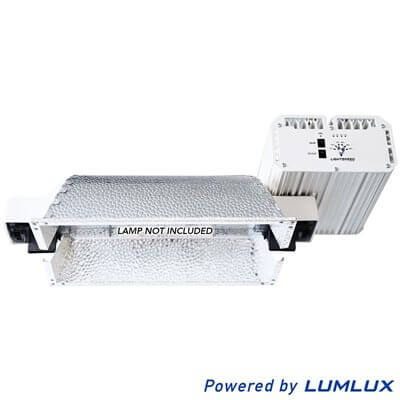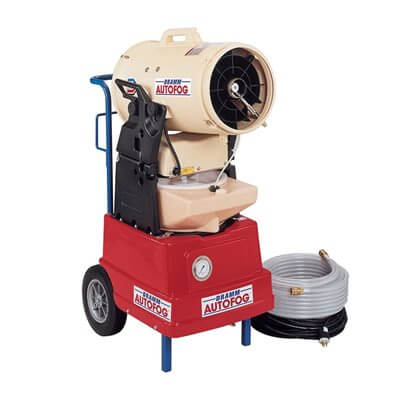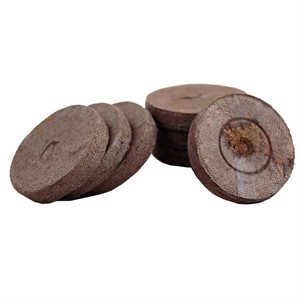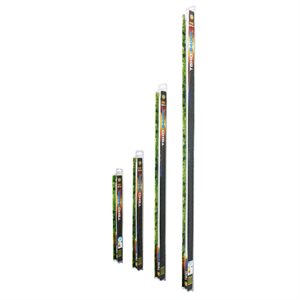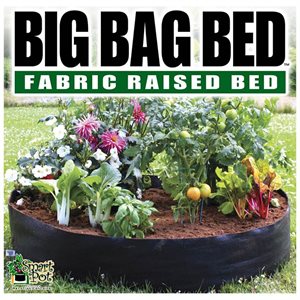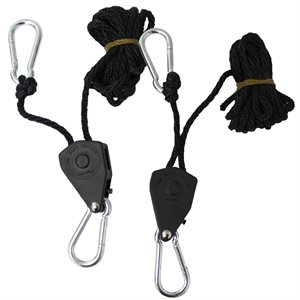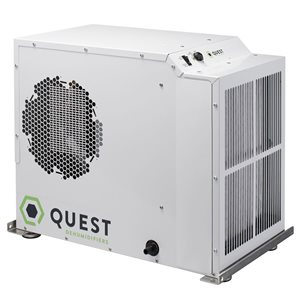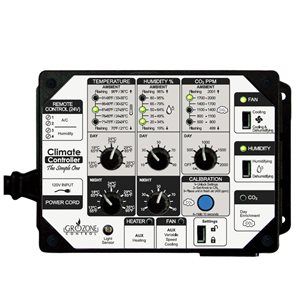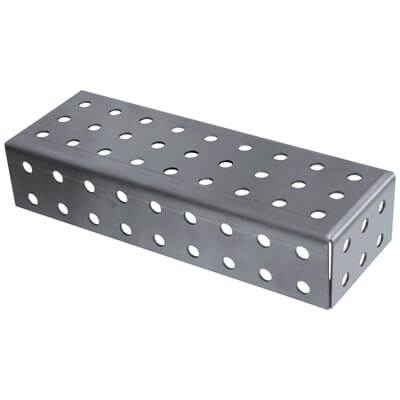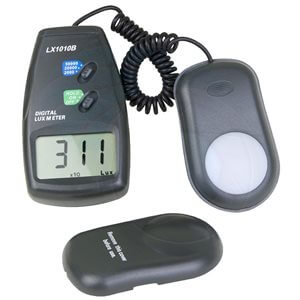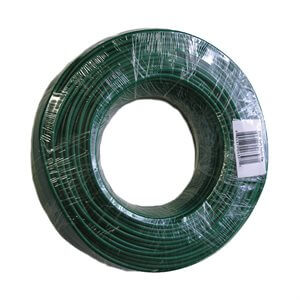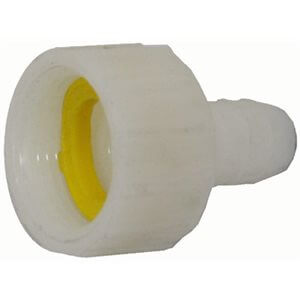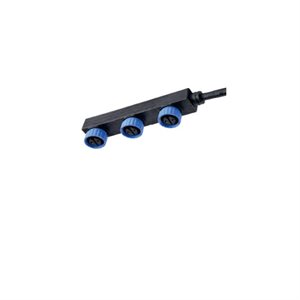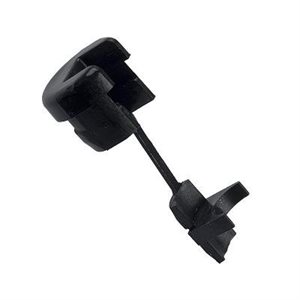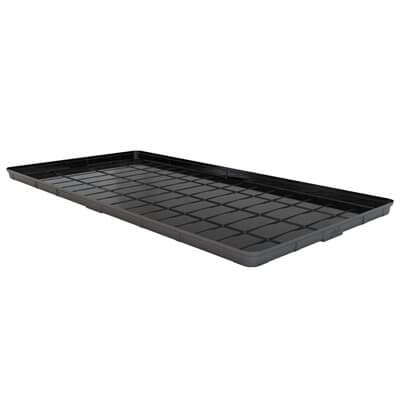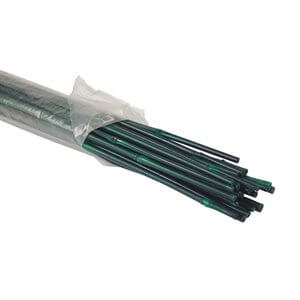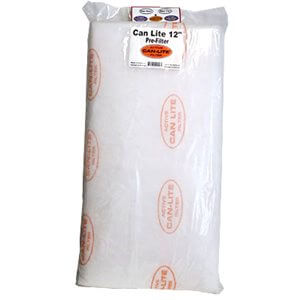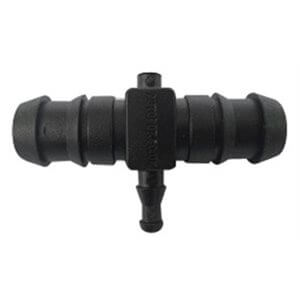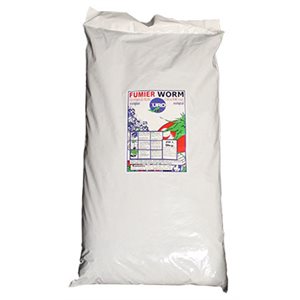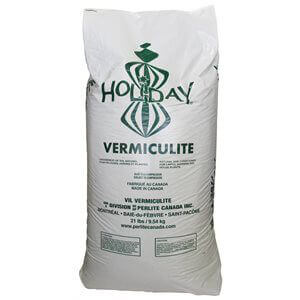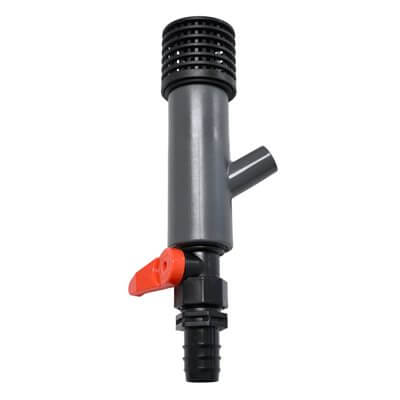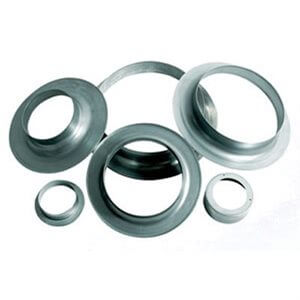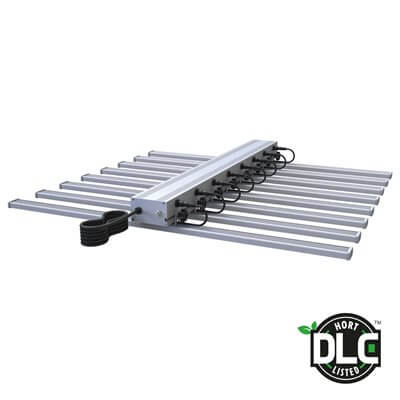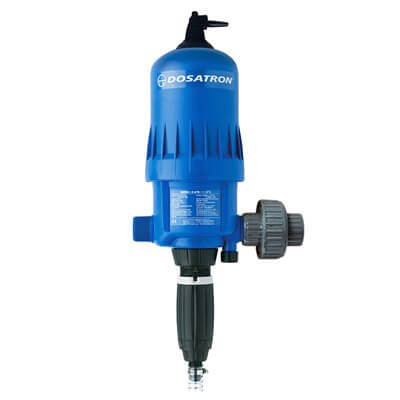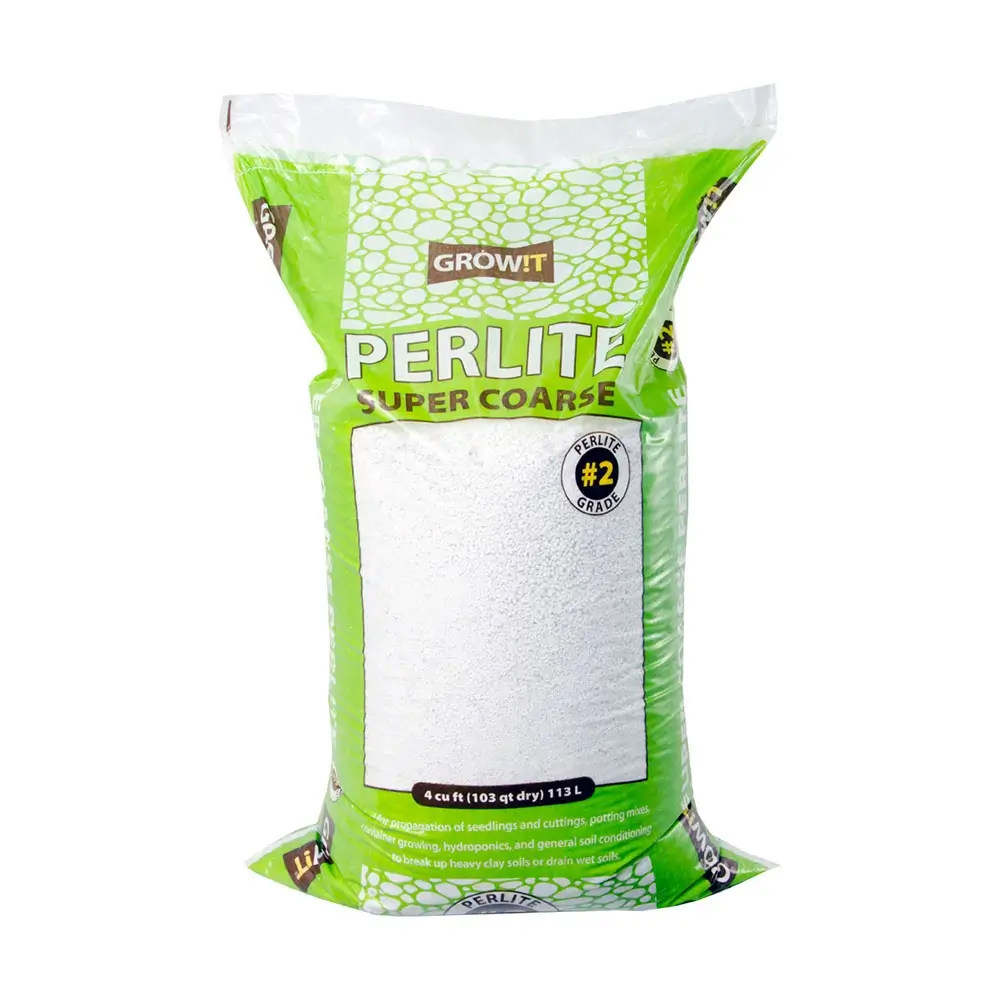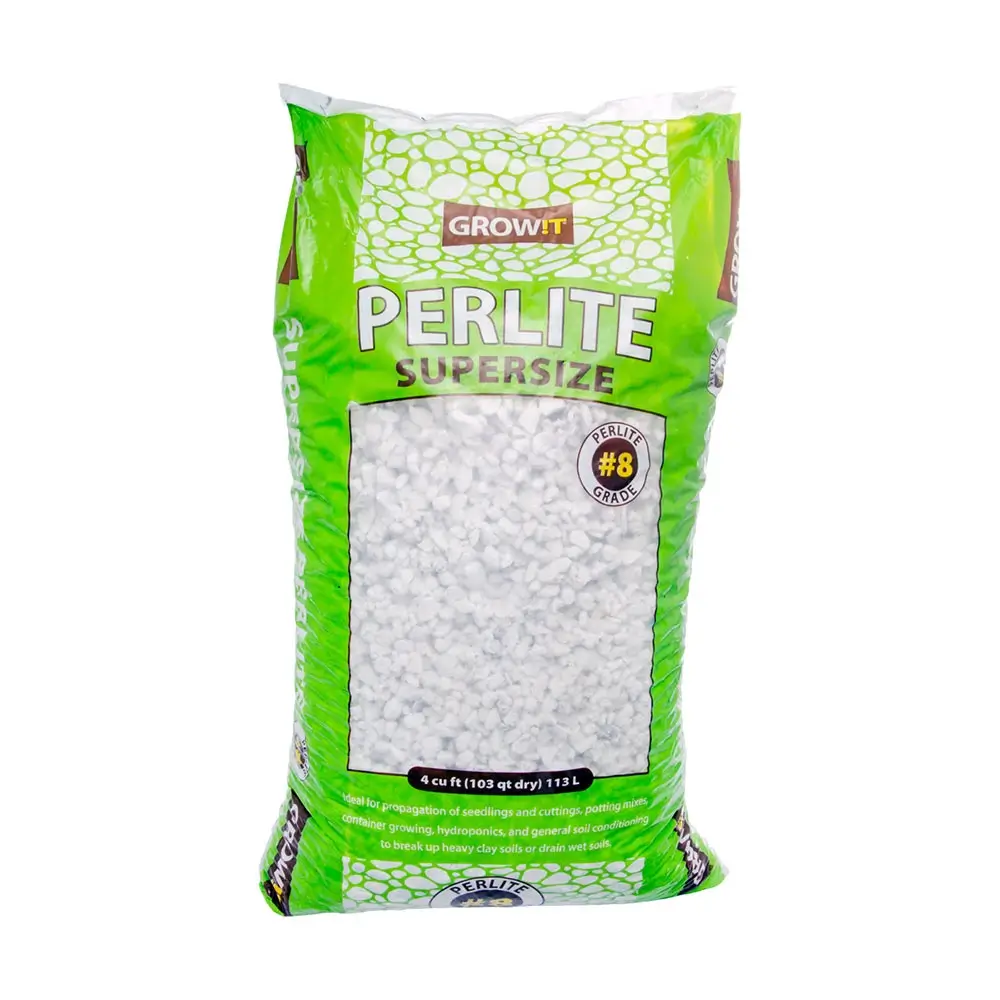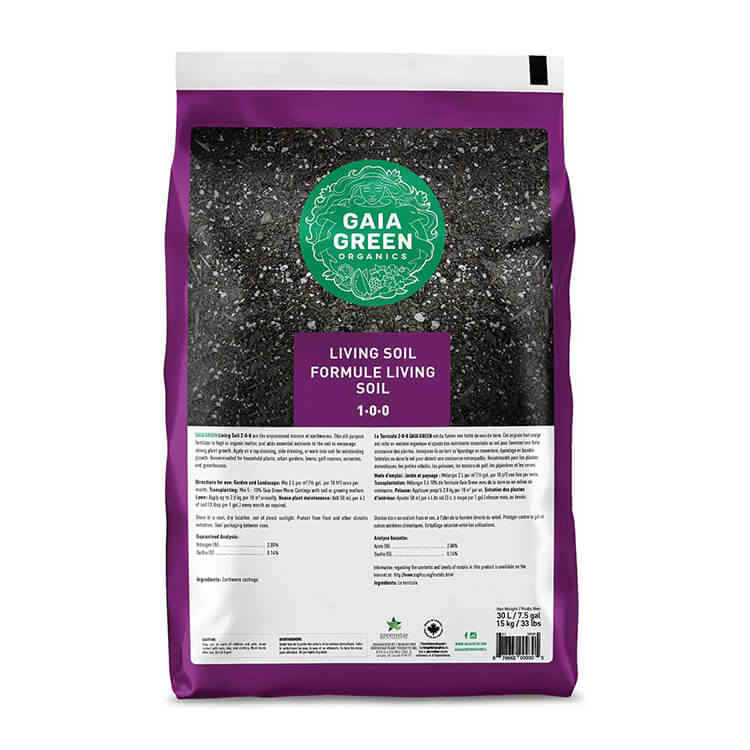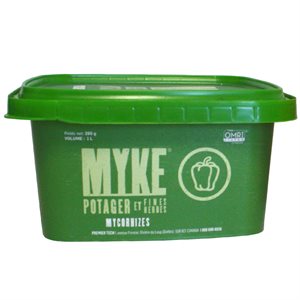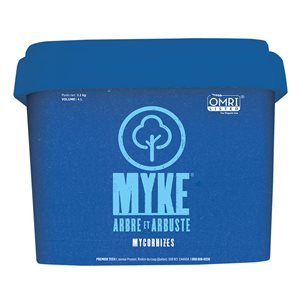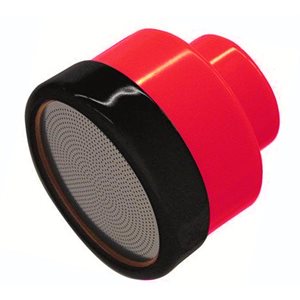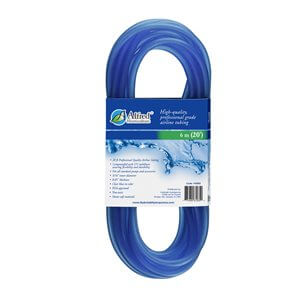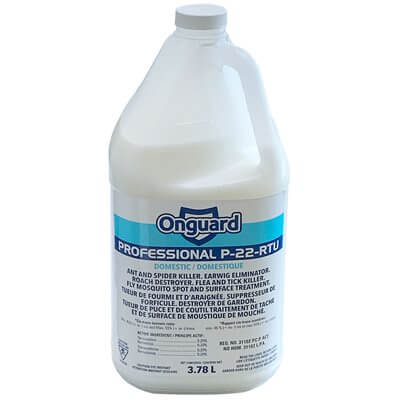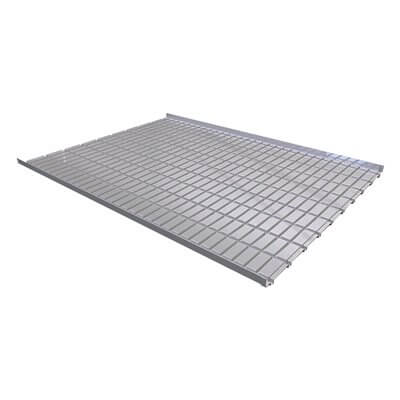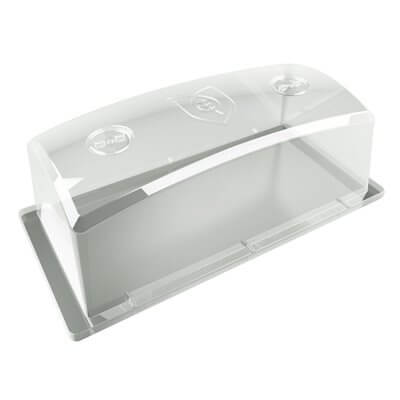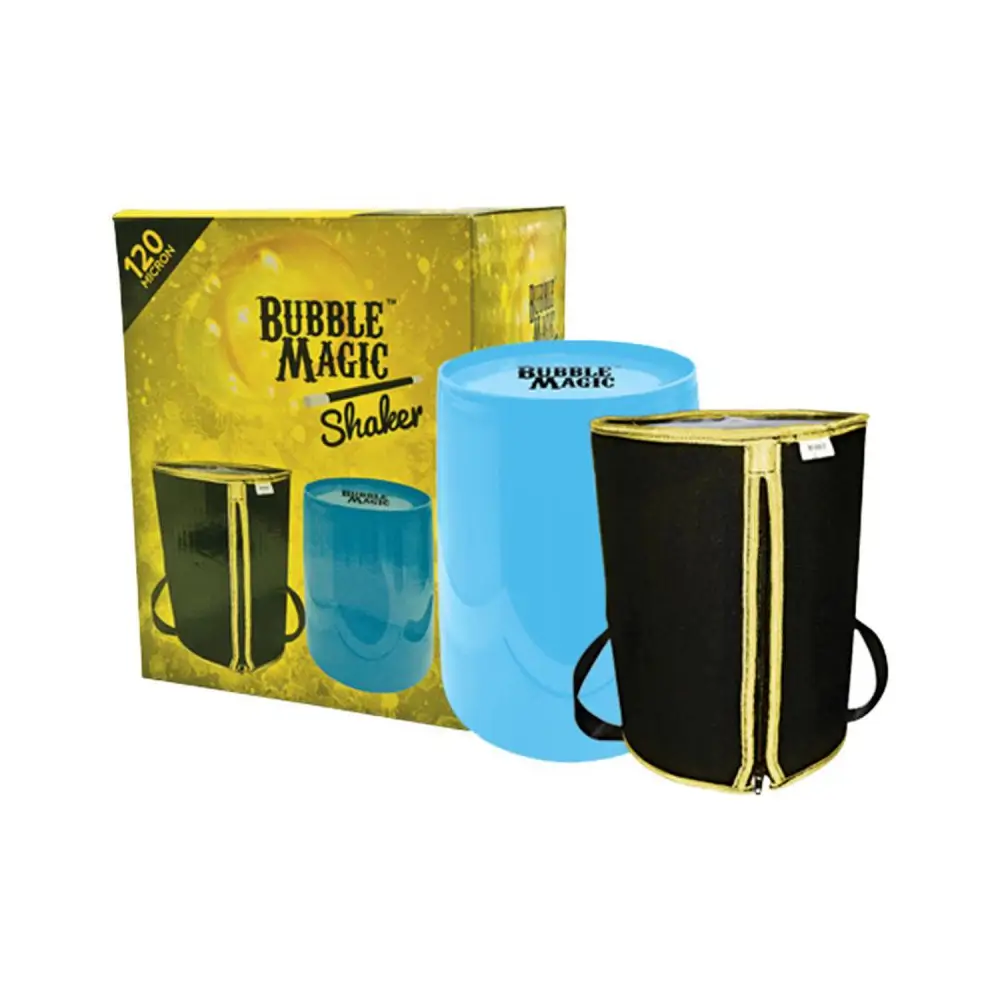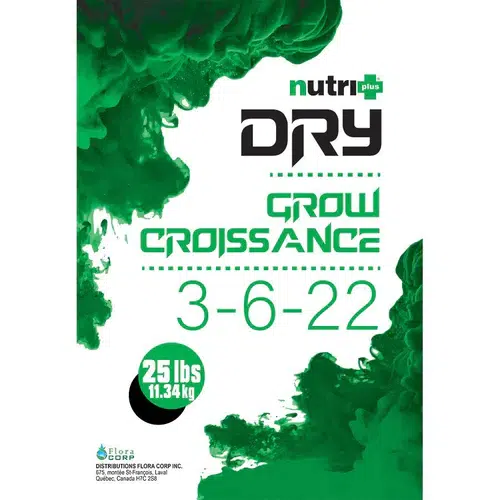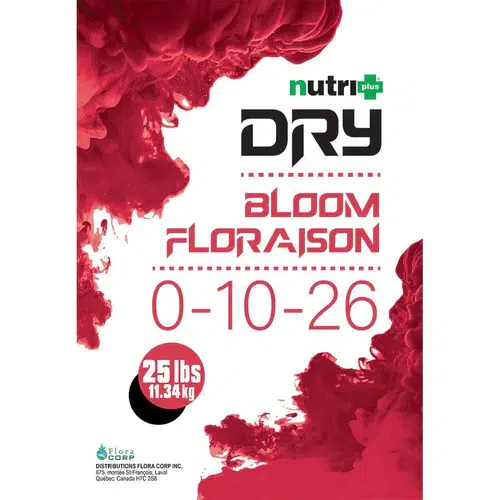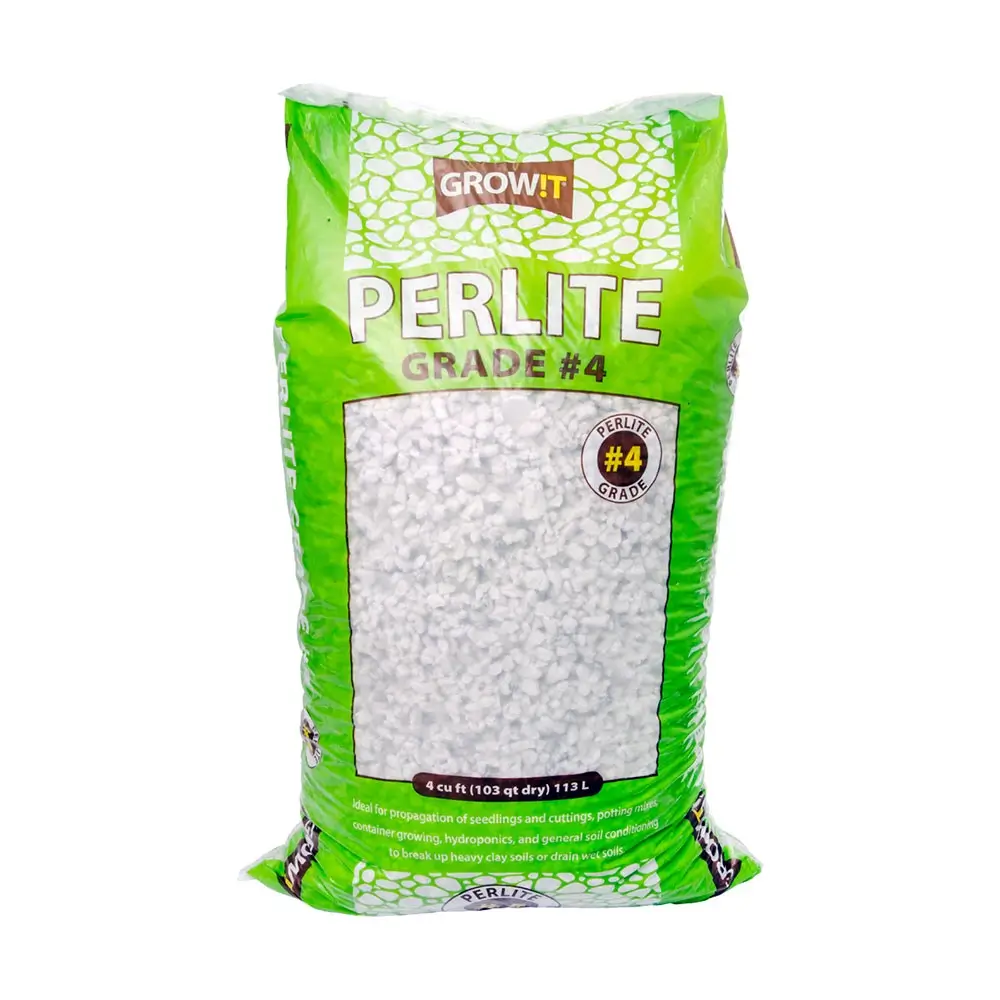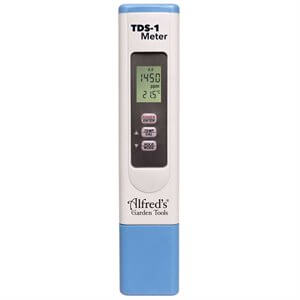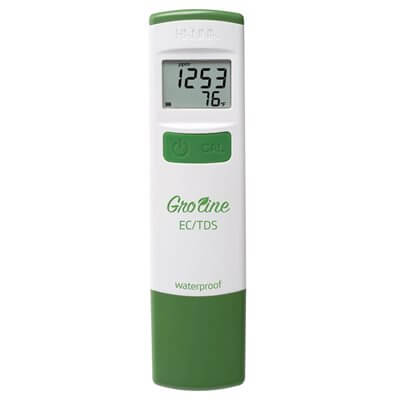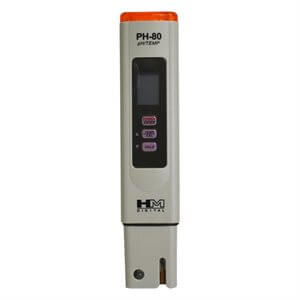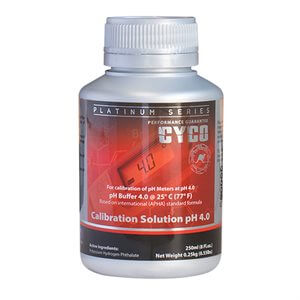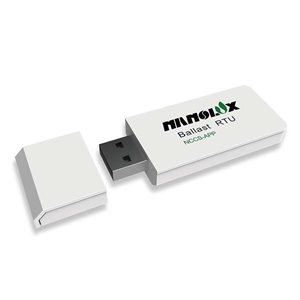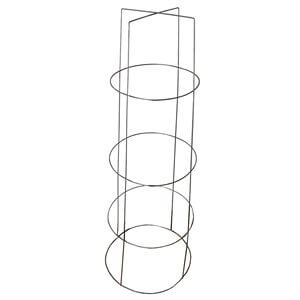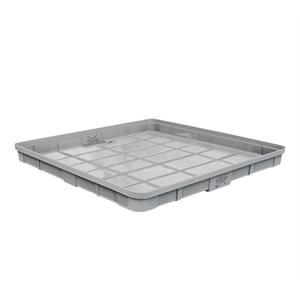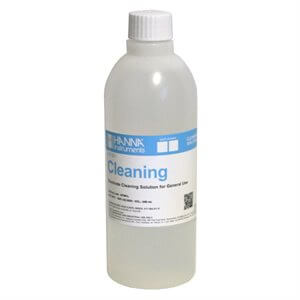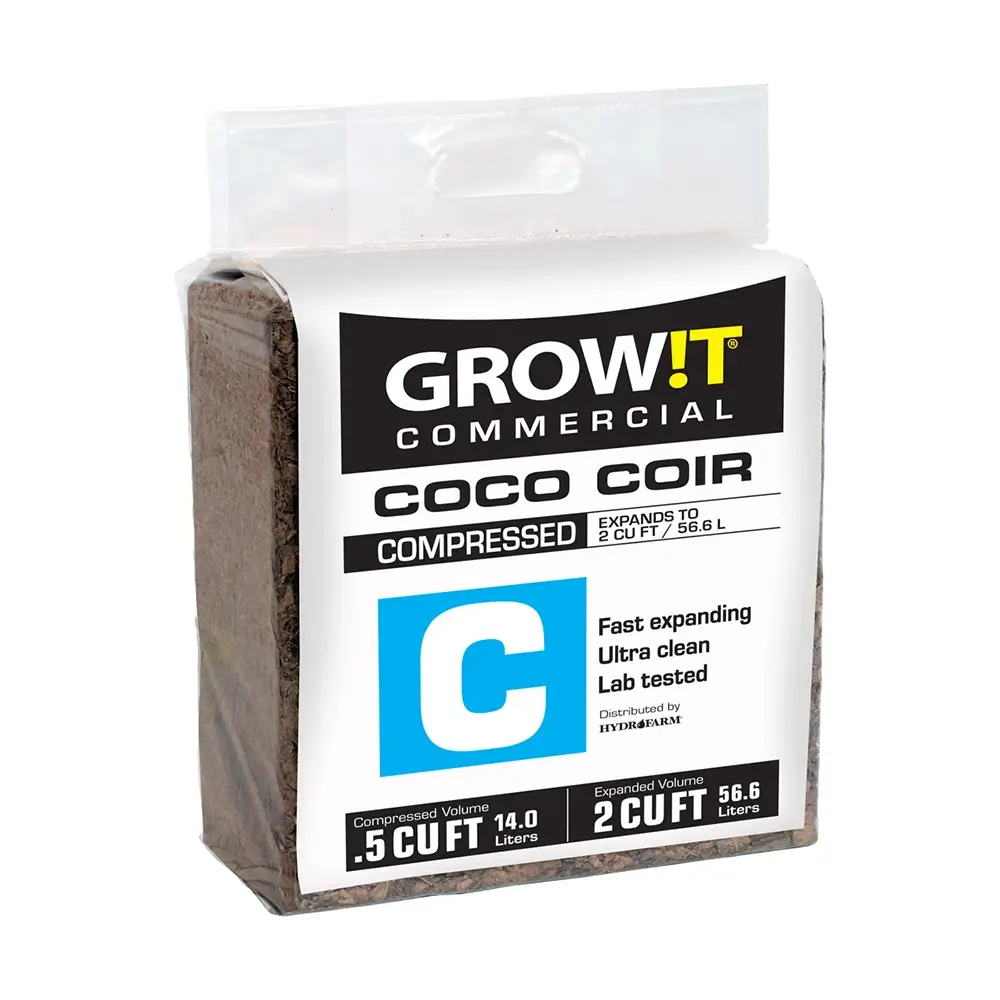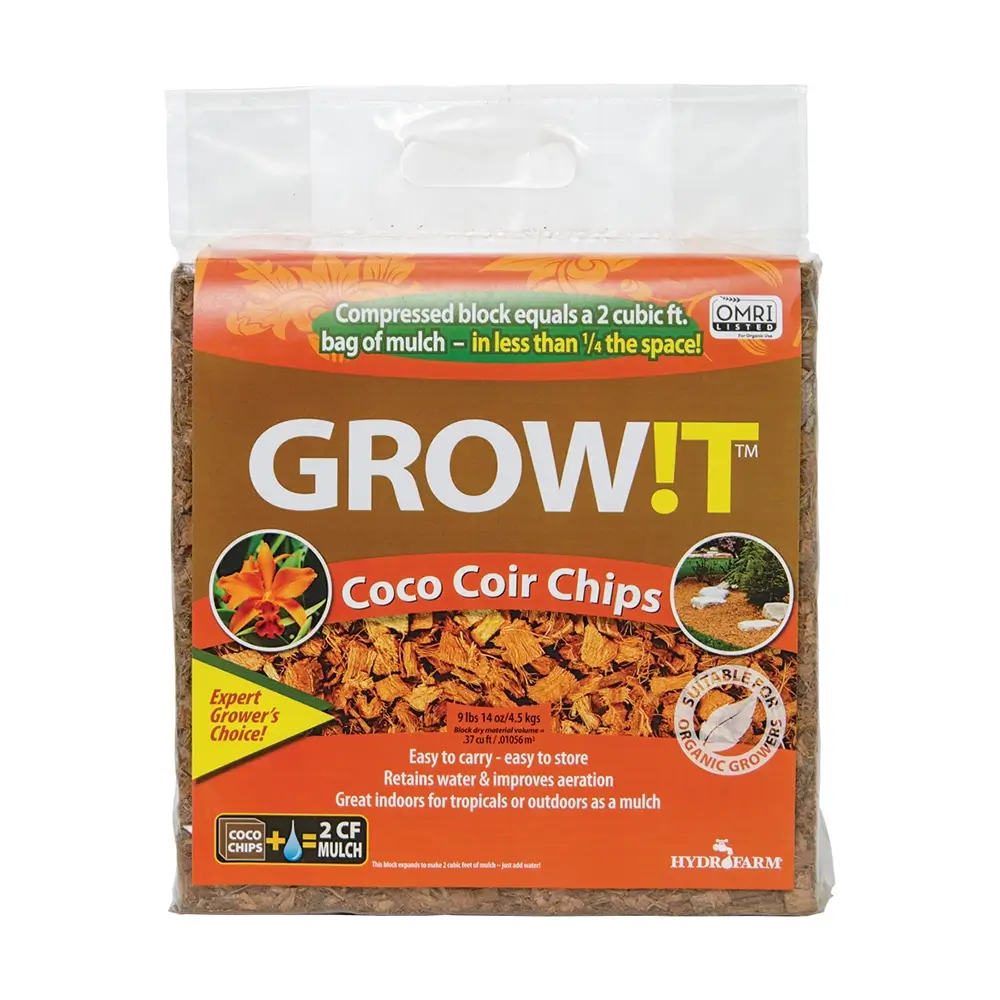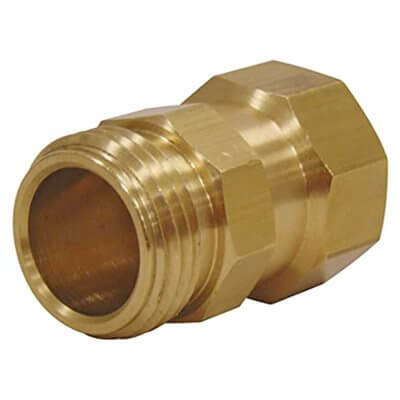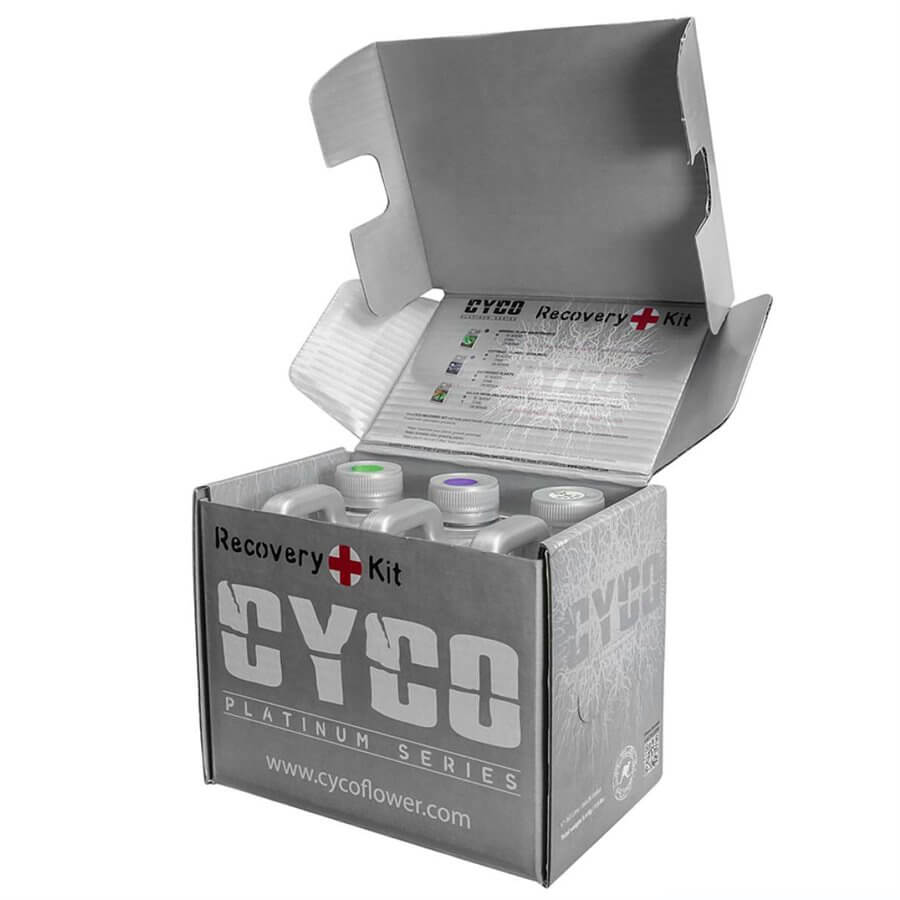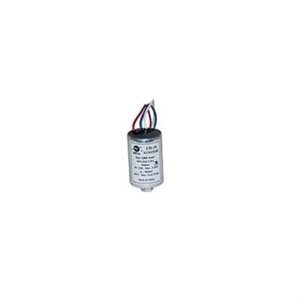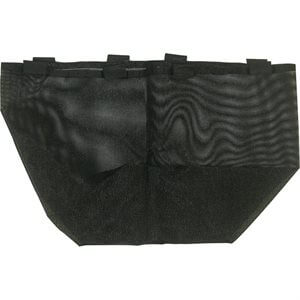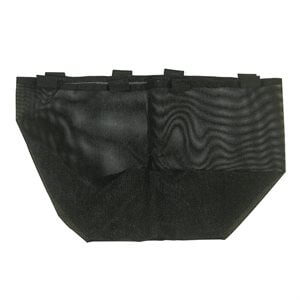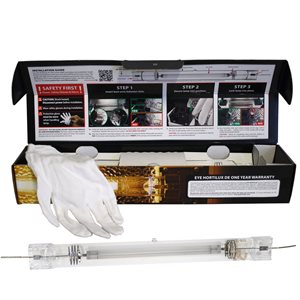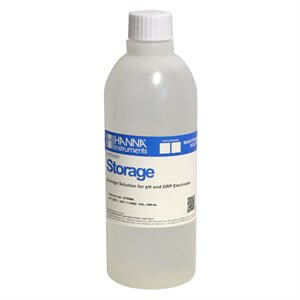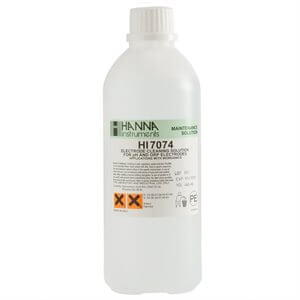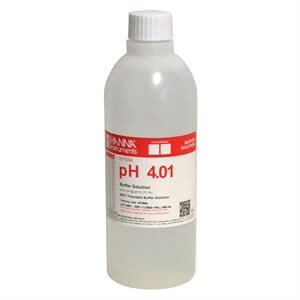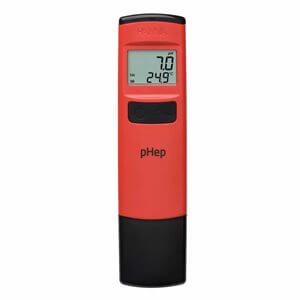When to Flush Cannabis Plants?
With nine-in-ten Canadian cannabis smokers growing their own plants, more effort is being put into cultivating cannabis at home and understanding how to get the best out of your harvest. Assuming you know how to grow cannabis, You might be wondering if there is more you could be doing for your crop. After all, we all want a decent, high-quality yield for our efforts, right? Yes, there is something more you can do: flushing plants. Keep reading if you have some cannabis on the grow and haven’t yet heard of the flushing technique. You’ll want to add this method to your cannabis plant care routine immediately.
Situations That Call for Flushing Cannabis Plants
Flushing cannabis can be a very beneficial step in growing good quality cannabis. However, it’s essential to know when to flush your cannabis to get the maximum benefit.
Logging your progress is recommended so you can learn from your experiences. Developers have even created mobile apps where you can set reminders, log growth progress, upload photos, and more. Apps such as these can be beneficial when you care for cannabis.
Let’s look at three situations during cannabis growth where you should perform a nutrient flush.
1. Before Harvesting
Depending on how you grow your cannabis, the time you need to perform a nutrient flush will vary. The following is a guideline for flushing before you harvest:
Growing in Soil: Start the flushing process between 7 and 14 days before harvesting
Growing in Coco: Begin your flushing 7 days before harvesting
Growing Hydroponically: Only flush your cannabis plant 1 to 2 days before harvesting
As a rule of thumb, you want to start flushing approximately six weeks after the flowering phase has begun. An indicator that you’ve reached this stage is when the trichomes on the plant are beginning to become a milky white colour.
If your leaves are turning too yellow, adjust your flushing schedule for your plants to find their “Goldilocks” time. This may take a bit of trial and error, so remember to document everything you are giving your plant so that you can learn from any mistakes and successes.
Flushing cannabis at this stage encourages the plant to use up all the existing nutrients in its roots while removing chlorophyll. In addition, this flush is to improve the overall quality of your cannabis flower, which will result in a smoother product.
2. Changes in the Nutrient Cycle
Another time it’s appropriate to flush cannabis is when the plant is transitioning into a new growth stage. The nutrient requirements of a cannabis plant change depending on what stage it’s in the growing process, so a nutrient flush can be a good way to “reset” the soil before the transition.
It should be noted that this step is not mandatory. Think of it more like a preventative, maintenance step that can help provide a fresh start to the next phase of its growth.
3. Nutrient Lockout / Nutrient Burn / Nute Burn
There’s nothing wrong with using pre-balanced nutrients; however, you will need to be more careful to avoid nutrient burn (aka nute burn). If you balance your own nutrients, you won’t have to worry so much, provided you’re giving the correct ratio of nutrients for the stage.
When a plant suffers from a deficiency, it doesn’t always mean it’s lacking in a particular nutrient, but rather that it could have too much of one and not enough of another. This inequality creates an unbalance, negatively affecting your cannabis plants.
Pre-balanced nutrients will be fine for the first dose or two, but after that, it’s likely this is when they will become imbalanced. This imbalance leads to a build-up of nutrients in the soil. The result is your cannabis plant is no longer able to draw nutrients from the soil. This build-up is what’s referred to as “nutrient lockout.”
Flushing plants suffering from nutrient lockout can help reset the soil’s pH levels and simultaneously remove excess nutrients.
Balancing your own nutrients may require more research and effort on your part, but it’s worth it for the higher quality yield it’ll produce.
When to Avoid Flushing Cannabis Plants
Although it’s a helpful technique to use when you care for cannabis, flushing plants is not always the recommended solution to every problem. Essentially, don’t overdo it and stick to using it only for the three scenarios we listed above.
If you over-flush cannabis, your plant could suffer from being underfed, which carries its own set of problems. If your plant is reacting strongly negatively after flushing (i.e., yellow leaves), don’t assume masses of water will solve the problem. Instead, use a weakened solution of nutrients to help boost it.
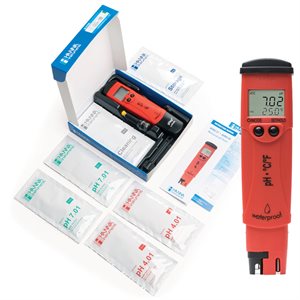
Flushing Plants: A Step-by-Step Guide
Now that you know when and when not to start flushing plants, learning how to perform this process correctly is crucial so you don’t damage your cannabis plant. So, let’s review the steps involved in a nutrient flush below.
Equipment Note: Before proceeding, you will need a pH testing kit, EC (electrical conductivity) meter, and a Total Dissolved Solids (TDS) meter to execute this technique successfully.
1. Test the pH
You want to test your water’s pH level to make sure it falls within the appropriate range for growing cannabis specifically. Aim for 6.0 – 6.8 for plants grown in soil.
2. Water As Usual
Continue to water your plants as you would usually, not including any nutrients or additives. Remember to take care not to overwater during this period as it can result in deficiencies.
3. Repeat
Once 15 minutes have elapsed, repeat steps 1 and 2.
4. Measure the TDS
Now determine the purity of your flushing water by measuring the total dissolved solids using your TDS meter. Aim to get the water that drains from the pots as equal as possible to the reading of your flushing water.
5. Monitor for Damages
While it’s typical to see some degree of yellowing in the leaves, sometimes quite rapidly after a flush, too much yellowing is a problem. In this case, harvest your cannabis plant before the leaves on the buds have turned yellow. If all the leaves are left to yellow, your plant will start to die off.
6. Observe Your Results
Once the flushing process is successfully complete, you should notice your cannabis plants will be lighter in colour. This is also a good indicator that it’s time to harvest.
Tips for Cannabis Plant Flushing
Flushing plants is not very technical, but there are a few pointers that can help execute the process successfully. Below, we’ve gathered a list of the tips we think can best help you:
- Don’t be taken in by “flavoured” flushes that claim to add a flavour like mango or pineapple; they don’t work
- Consider using pre-flush nutrients for the first week before switching to pure water to help benefit your final harvest
- You can also halve your nutrient feed potency in the week before you move on to flushing using pure water if you prefer
- You want to watch for the change in leaf colour approximately halfway through your flush
- You know you’ve flushed successfully (aka for the correct duration) when the lower leaves start changing colour (yellow or reddish-brown)
- If you’re growing in a hydro system and your EC reading rises, this is a sign of overfeeding, and you should reduce nutrient dose strength
- To boost the quality of your buds, let your plants dehydrate slightly for a day or two directly before harvesting
- For more euphoric effects, harvest when 50-70% of the pistils have curled and deepened in colour
- For a more sedative effect, harvest when 70-90% of the pistils have curled and changed colour
To Flush Or Not to Flush
When reading up on flushing plants, you may notice there is still some debate about whether or not it’s genuinely beneficial. However, when you explore flushing cannabis in a bit more depth, it will become apparent that its logic makes perfect sense.
Every plant stores varying excess quantities of salts, nutrients, and other compounds. If these are left in the plant by harvest time, this causes the final yield to be harsher with a less pleasant taste. Flushing allows the cannabis plant to dispose of excess nutrients before you harvest.
Some may argue that soil can’t be flushed; however, this is not entirely correct. Flushing plants grown in soil can indeed be done, but it takes longer than flushing cannabis plants grown hydroponically.
If you’re concerned about the stress flushing may put on the plant, a little stress is good in the case of cannabis. Stressing your cannabis plant results in an increase in defence compounds, which will result in a higher quality harvest overall. Easy does it, though.
While the debate is ongoing, there is a lot of research going into cultivation, and laboratory tests are constantly underway, so who knows, we might learn a definitive answer in the near future.
Get the Most Out of Your Harvest
When growing cannabis, flushing plants may seem like a complicated procedure, but it gets a lot simpler once you know the fundamentals. In addition, taking time to research each step in detail pays off in the long term when you reap the benefits of a yield of the highest quality. So why would you settle for less when you can take your growing to new levels.
If you’re interested in all things cannabis, get in touch with us so we can chat.
